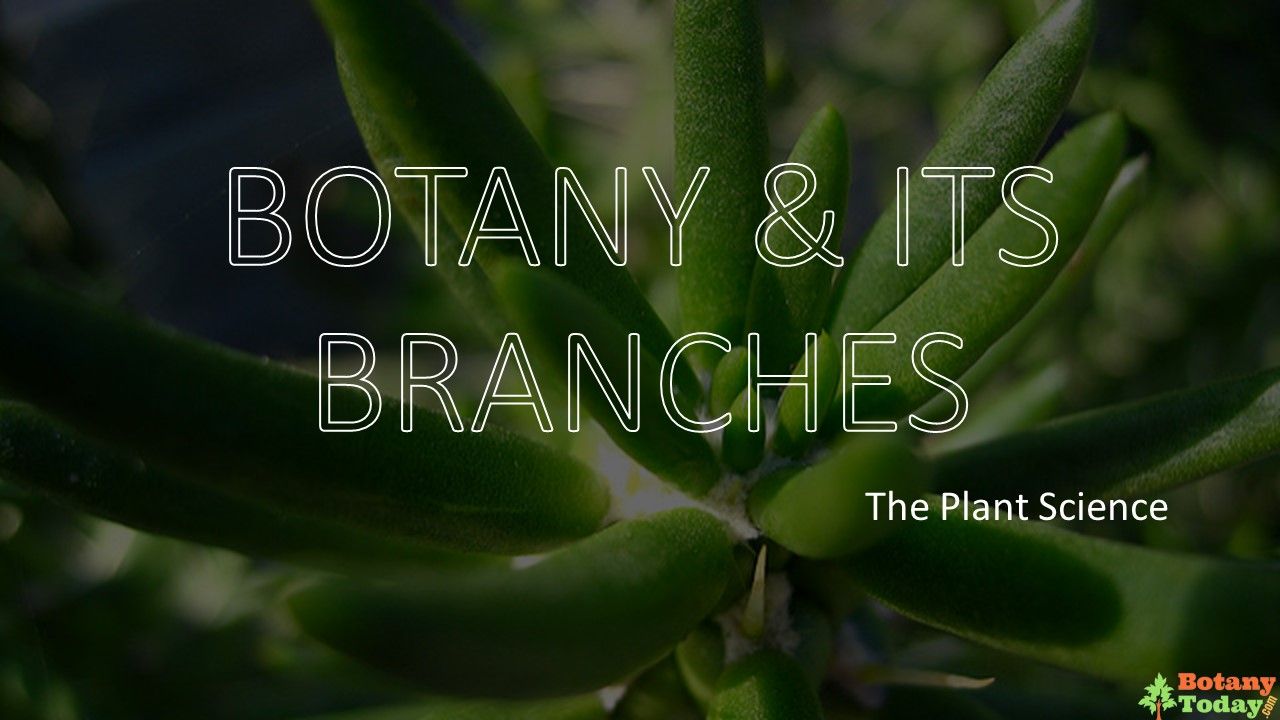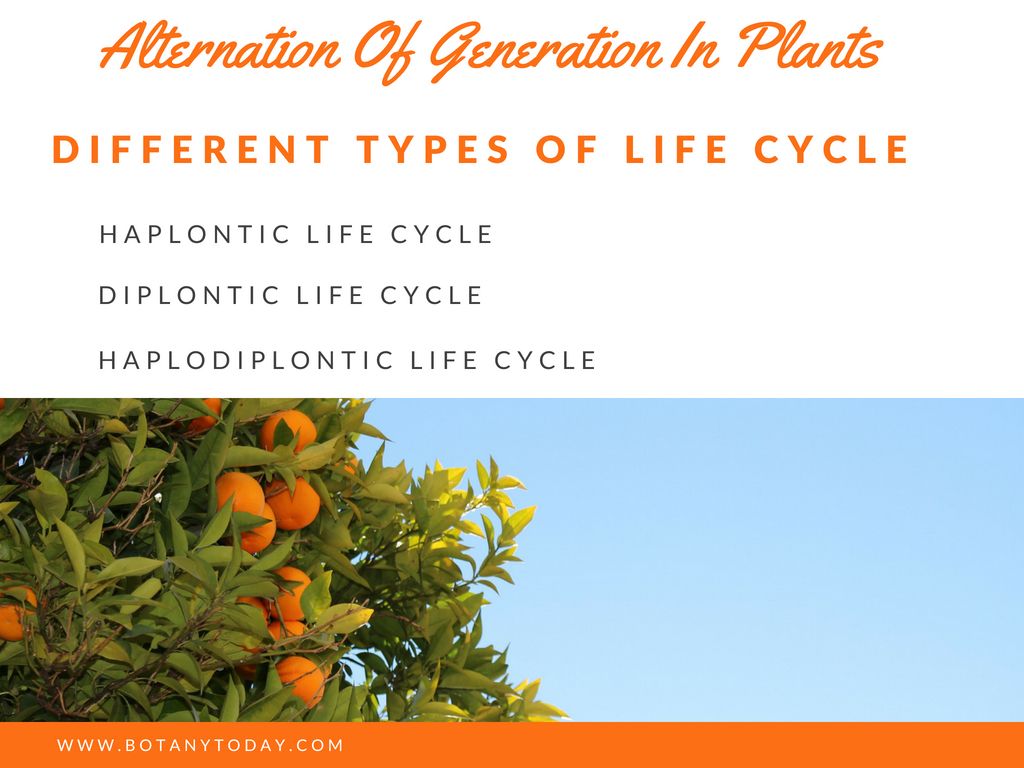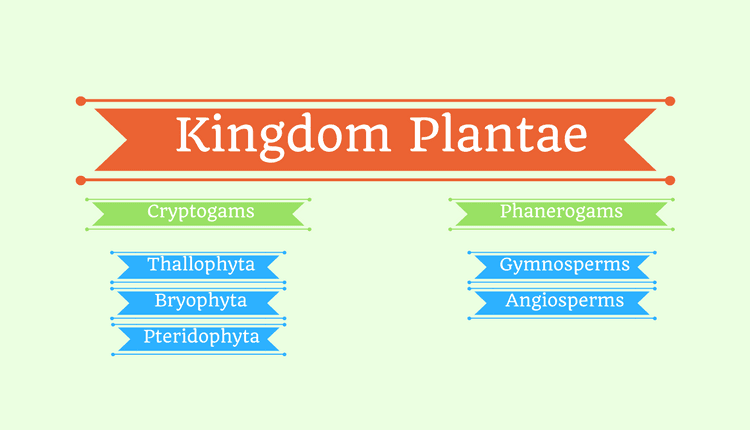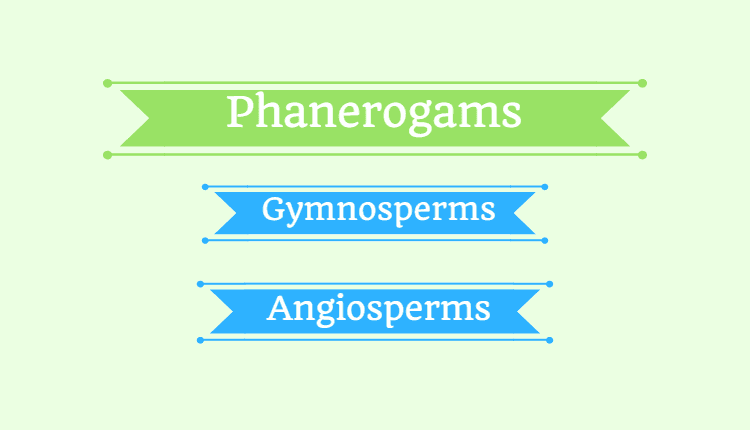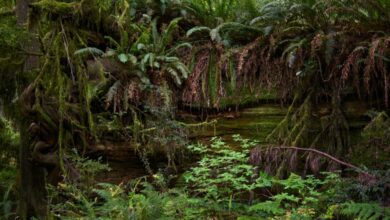What is Life in Biology

The question arises, what is Life in Biology? How to define Life? Before defining life, lets define Biology.
What is Biology?
Biology is that branch of science that deals with the study of living organisms and the processes involved in living organisms.
Biology is classified into: Botany (Plant Science) and Zoology (Animal Science).
What is Life?
How will we define life?
We are alive. Plants and animals are alive. Living organisms differ from non-living things. The characteristic features of a living organism to be alive is LIFE.
Let’s understand the characteristic features of a living organisms. A living organism has the following characteristic features:
- It is made up of cells.
- It can grow.
- It can reproduce.
- It can respire.
- It can respond to external stimuli.
- It can metabolize.
- It requires nutrients for growth.
So, one of the very first requirement of life in biology is to be cellular. An organism can be unicellular or multicellular.
According to Biology, Life can be Cellular Life and Acellular Life.
What is Cellular Life?
Cellular life refers to the living organisms that are composed of cells. For example, plants, animals, bacteria, fungi, algae, etc.
Cell is the structural and functional unit of life. An organism can be unicellular i.e. composed of one cell and multicellular i.e. composed of many cells. Cells are organized to form tissues, tissues organize to form organs and similar organs form the organ system.
What is Acellular Life?
Acellular or non-cellular life means without a cell. Acellular life refers to an organization or particles that are not composed of cells. For example, viruses and Viroids.
Can life be Acellular too?
Yes, examples are viruses and viroids.
What are Viruses?
Viruses are the infectious particles that are made up of DNA or RNA and protein coat. Viruses can replicate only inside a living host cell. Outside host cell, viruses exist as particles. For example: RNA viruses, DNA viruses, Enveloped viruses, etc.
What are Viroids?
Viroids are infectious particles made up of circular and single-stranded RNA. Viroids are smallest known infectious particles that do not have protein coat. Like viruses, viroids also can replicate inside a living host.
Summary
Let’s list out what we have learned today.
Biology is the study of living organisms.
Living organisms differ from non-living organisms.
According to Biology, life can be both cellular and acellular.
Cellular life consists of living organisms made up of cells.
Acellular life consists of particles that lack cells but can replicate inside living cells.


